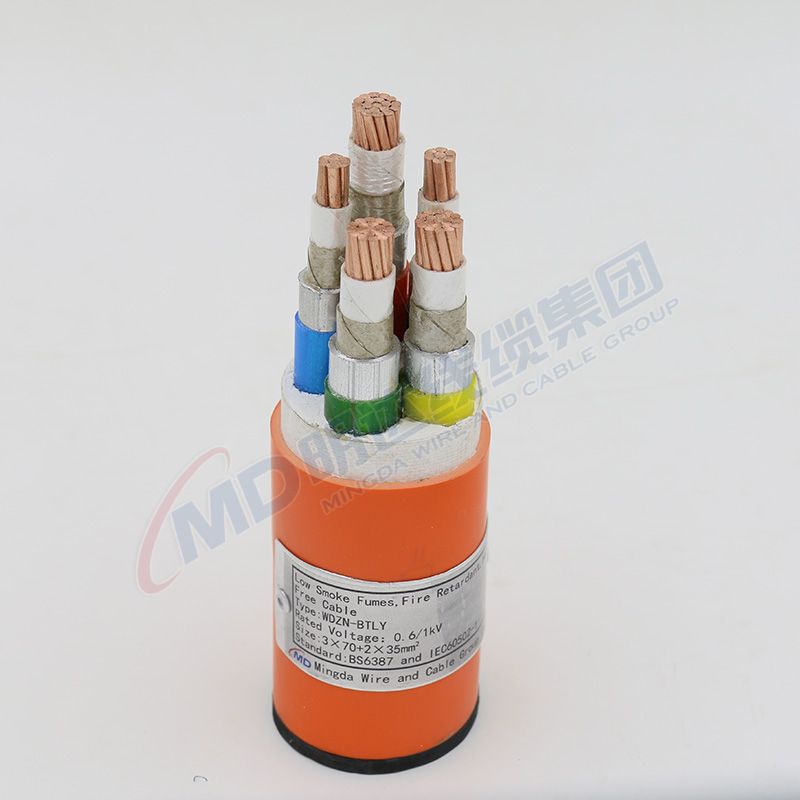12 月 . 03, 2024 18:54 Back to list
knife gate valve pneumatic
The Knife Gate Valve and Its Pneumatic Applications
In industrial processes, the efficient control of fluid flow is crucial. One component that plays a significant role in this is the knife gate valve. Designed for on/off service, particularly in applications dealing with slurries or solids, the knife gate valve offers exceptional performance in demanding environments. When integrated with pneumatic actuation, it further enhances its effectiveness, providing rapid and precise control with minimal manual intervention.
Understanding Knife Gate Valves
Knife gate valves are characterized by a sharp, knife-like disc that slices through the medium, allowing for streamlined flow control. This design is particularly advantageous in environments containing thick slurries, sludge, or solids, where traditional valves may struggle to maintain a seal. The knife-edge design minimizes the risk of clogging, making them a preferred choice in water treatment facilities, mining operations, and pulp and paper manufacturing.
The construction of knife gate valves typically includes a flat body, a gate that can be fully retracted into the valve body when open, and robust seals designed to withstand high pressures. Their design helps in providing tighter shut-off capabilities, which is essential in preventing leaks and maintaining operational integrity.
Importance of Pneumatic Actuation
Pneumatic actuation involves the use of compressed air to operate valves, offering several advantages over manual or electric actuation. The most significant benefits include
1. Speed and Efficiency Pneumatic actuators enable quick valve operation, reducing the time required to open or close the valve compared to manual methods. This rapid response is crucial in process control where timing can impact overall efficiency and safety.
2. Safety Using pneumatic actuation can improve safety, especially in hazardous or hard-to-reach environments. Operators can control valves remotely, reducing the risk of accidents related to exposure to dangerous materials.
knife gate valve pneumatic

3. Simplicity and Reliability Pneumatic systems typically require less maintenance than electric systems and have fewer points of failure, making them a reliable choice for continuous operation. The simplicity of design also allows for easy integration into existing systems.
Applications of Pneumatic Knife Gate Valves
1. Wastewater Treatment In wastewater treatment plants, knife gate valves are employed to control the flow of sludge, allowing for efficient operation during various treatment phases. The pneumatic actuation ensures quick adjustments are made, helping to maintain optimal processing parameters.
2. Mining and Mineral Processing The mining industry frequently uses knife gate valves to manage slurries transported through pipes. Pneumatic actuation provides the necessary control to handle varying flow rates and pressures associated with mineral processing.
3. Pulp and Paper Industry In the production of paper, knife gate valves are essential in controlling thick pulp, ensuring that the process runs smoothly. Pneumatic actuation facilitates the timely opening and closing of valves, adapting to changes in production rates.
4. Food and Beverage The food processing industry also sees the use of knife gate valves for managing slurry and slurry-like products. Pneumatic systems maintain hygiene and avoid contamination by eliminating the need for manual intervention.
Conclusion
The knife gate valve, particularly when coupled with pneumatic actuation, represents a potent solution for industries requiring reliable and efficient flow control. Its unique design allows it to handle challenging materials while pneumatic actuation enhances operational speed and safety. As industries continue to evolve, the integration of advanced valve technology will be critical in meeting growing demands for efficiency, safety, and sustainability.
As we look towards the future, the role of knife gate valves in automation and process control will only become more significant. With ongoing innovations and improvements in pneumatic systems, these valves will undoubtedly remain at the forefront of industrial fluid management solutions, contributing to more efficient and safer processing across various sectors.
Share
-
Understanding the Differences Between Wafer Type Butterfly Valve and Lugged Butterfly ValveNewsOct.25,2024
-
The Efficiency of Wafer Type Butterfly Valve and Lugged Butterfly ValveNewsOct.25,2024
-
The Ultimate Guide to Industrial Swing Check Valve: Performance, Installation, and MaintenanceNewsOct.25,2024
-
Superior Performance with Industrial Swing Check Valve: The Essential Valve for Any SystemNewsOct.25,2024
-
Industrial Swing Check Valve: The Ideal Solution for Flow ControlNewsOct.25,2024
-
You Need to Know About Industrial Swing Check Valve: Functionality, Scope, and PerformanceNewsOct.25,2024